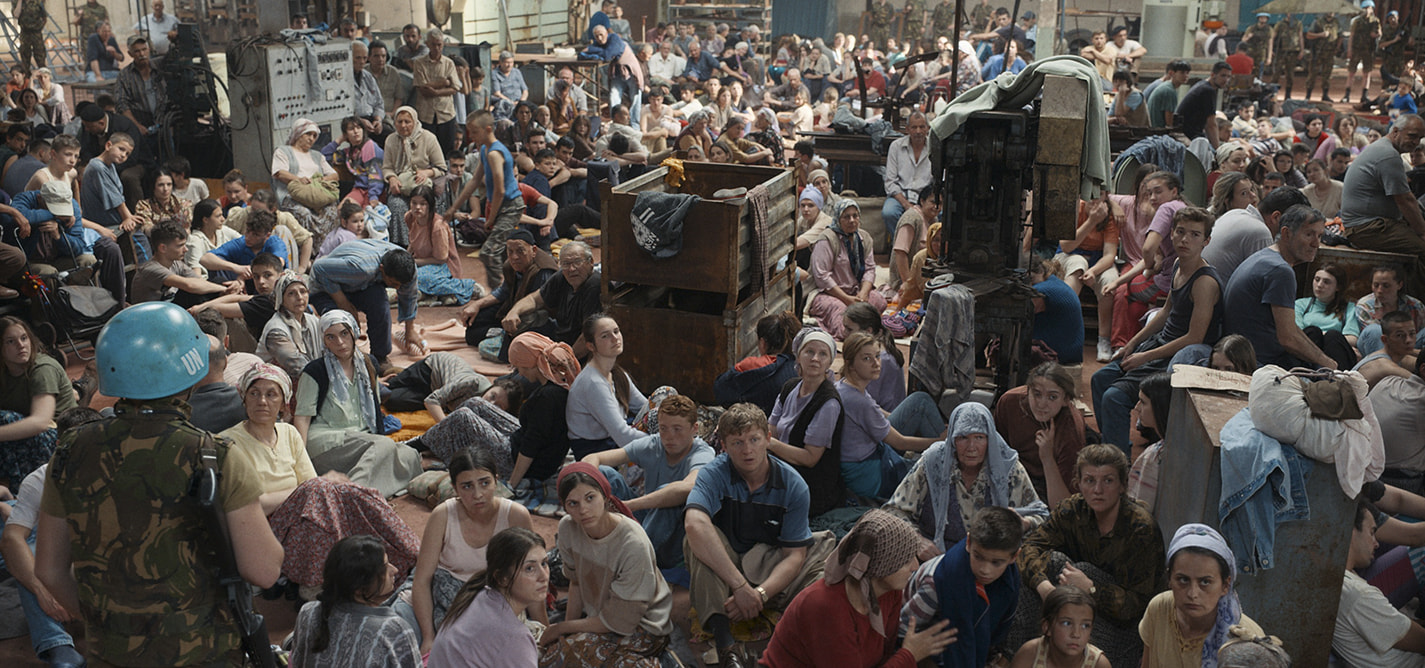
An on-screen feminist monument to the Srebrenica genocide victims
“Quo vadis, Aida?” the film, feminism, and growing up in the aftermath of genocide.
|04.02.2021
|
“Quo vadis, Aida?” is not a film of vengeance; this is not a film that tells the story about the Srebrenica genocide in a language of generalization or propaganda, but it speaks the language of truth and hope.
Not only does Bosnia and Herzegovina need this film as much as it needs air. The whole world needed this movie by Jasmila Žbanić to come into existence.

Nikola Vucic
Nikola Vučić lives in Sarajevo where he works for a regional TV news channel. His topics of interest include culture, human rights, ideology and politics. He has been awarded with two journalistic awards for his stories on gender-based discrimination in Bosnia and Herzegovina.
This story was originally written in Serbian.